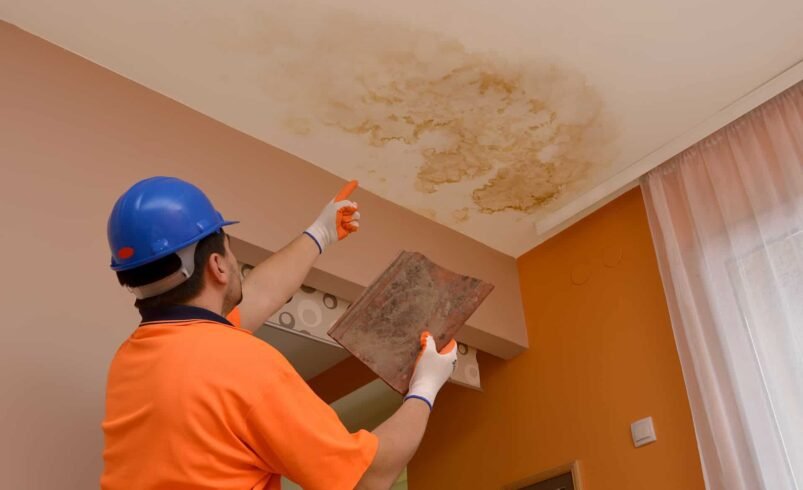Tensioning Deer Fences: Why It Matters and How to Do It Right

When setting up a deer fence, one common question is: Should I add tensioning to a deer fence? The answer can make a big difference in how well your fence works and how long it lasts. Tensioning is the process of tightening the fence material to keep it firm and stable. This article explains why tensioning matters, how it improves fence durability and effectiveness, and offers a step-by-step guide to do it properly.
Why Add Tensioning to a Deer Fence?
Proper tensioning is key to preventing sagging and gaps in your fence. When deer test the fence by pushing or leaning against it, a loose fence can bend or stretch, creating openings. These weak spots let deer slip inside, defeating the purpose of your fence.
Adding tension keeps the fence tight and upright, which:
- Makes the fence harder for deer to push through or climb over.
- Prevents damage caused by animals and weather.
- Extends the life of your fence by reducing wear and tear.
- Improves the overall appearance and neatness of your fencing.
Without proper tensioning, fences often become loose and ineffective, leading to costly repairs or replacements.
How Tensioning Extends Fence Durability and Effectiveness
Fencing material like polyethylene mesh or wire mesh naturally stretches over time due to weather changes and pressure from animals. Tensioning counters this by continuously pulling the material tight and holding it in place.
When tension is maintained:
- Posts stay firmly anchored in the ground.
- Mesh or wire doesn’t sag, avoiding weak points.
- The fence maintains its shape even in heavy wind or snow.
- Animals are less able to exploit loose areas to enter your property.
Regularly checking and adjusting tension ensures your fence remains a strong, reliable barrier year-round.
Tools and Materials Needed for Tensioning
Before starting, gather the right tools:
- Fence tensioners or ratchet tensioners are designed for your fence type.
- Strong wire ties, clips, or fasteners to secure the fence.
- Post driver or hammer for adjusting fence posts.
- Gloves and safety glasses for protection.
- Measuring tape to check fence tightness.
Having proper tools makes the tensioning process smoother and safer.
Step-by-Step Guide: How to Add Tension to Your Deer Fence
- Inspect the Fence: Walk along your fence line to identify any sagging or loose areas that need tightening.
- Secure One End: Choose a sturdy fence post at one end to fix the fence material firmly. This will act as your anchor point.
- Attach the Tensioner: Fix the tensioner tool near the opposite end of the fence material.
- Pull the Fence Tight: Use the tensioner to gradually pull the mesh or wire tight. Avoid pulling too fast or too hard to prevent damage.
- Secure the Fence: Once tight, secure the fence material with wire ties or clips to the posts. Make sure it’s held firmly in place.
- Check Post Stability: Tightening the fence can put extra pressure on the posts. Ensure all posts are firmly set in the ground. Adjust or reinforce any loose posts.
- Repeat as Needed: Continue this process along the entire fence line to keep the mesh evenly tensioned.
- Regular Maintenance: Check tension every few months or after storms, adjusting as necessary to maintain tightness.
When to Add Tensioning
Tensioning is most effective:
- Right after initial installation, to set a strong baseline.
- After any repairs or adjustments to the fence.
- Seasonally, to counteract weather effects like rain or snow.
- Whenever you notice sagging or loose areas during inspections.
Adding tension at the right times keeps your fence functioning optimally and protects your investment.
Final Thoughts
The answer to Should I add tensioning to a deer fence? is a clear yes. Proper tensioning strengthens your fence, prevents damage, and keeps deer out more effectively. It’s an essential part of fence installation and maintenance that helps you get the most from your investment.
Taking the time to tension your deer fence correctly pays off by reducing repairs and extending its lifespan. Using the step-by-step process above ensures your fence stays tight and reliable no matter the season.



